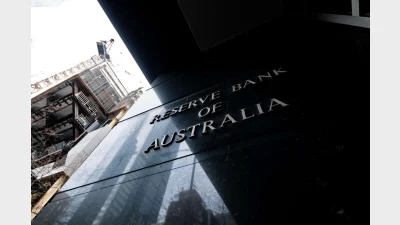Super funds should self-promote as status quo shifts



The status quo in superannuation would most likely shift in the wake of pending legislative changes and not-for-profit superannuation funds will need to promote their brands to survive, according to Australian Institute of Superannuation Trustees chief executive Tom Garcia
Addressing the Conference of Major Superannuation Funds (CMSF) on the Gold Coast, Garcia referenced the threats to industry funds emerging from the Government's intended changes, including with respect to default funds under modern awards and fund governance.
He said it was in these circumstances that funds would need to be in the business of promoting their brands and developing the technologies to enable them to better deliver services to their members if they were to survive and prosper.
Garcia said it seemed certain that the Government's changes meant it was highly unlikely that the status quo would be maintained and it was in these circumstances that funds needed to adapt their positions and their ability to better deliver to members.
Garcia noted that the stood-aside Assistant Treasurer, Senator Arthur Sinodinos, had been scheduled to deliver a video message to the conference but this had been cancelled following his decision to stand down from the portfolio pending the outcome of NSW Independent Commission Against Corruption (ICAC) hearings.
Recommended for you
The peak industry body has welcomed new legislation reforming super advertising and onboarding, stating the changes built on recent Payday Super measures.
Funds are facing criticism after a new analysis found $33 billion is invested by super funds in companies expanding coal, oil and gas globally.
There is “no chance” of a cut by the Reserve Bank of Australia next week, according to UniSuper’s head of fixed interest David Colosimo.
State Super has begun its partnership with Frontier Advisors, transferring investment staff and taking a major equity stake to support long-term capability.









